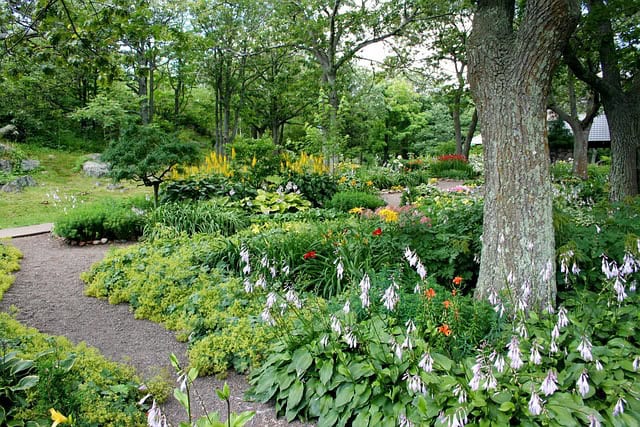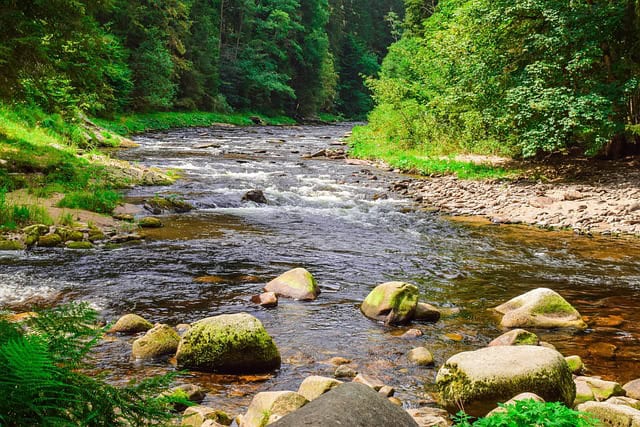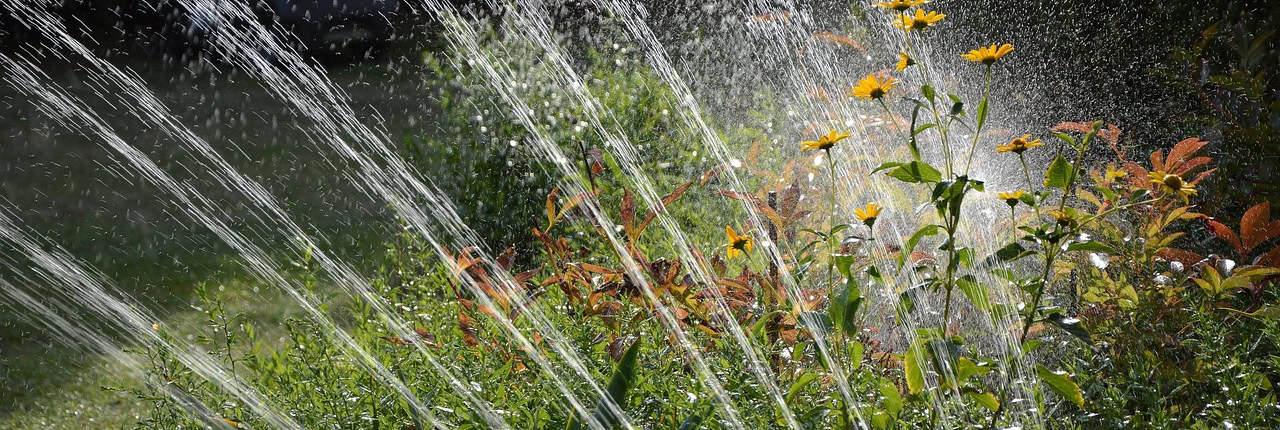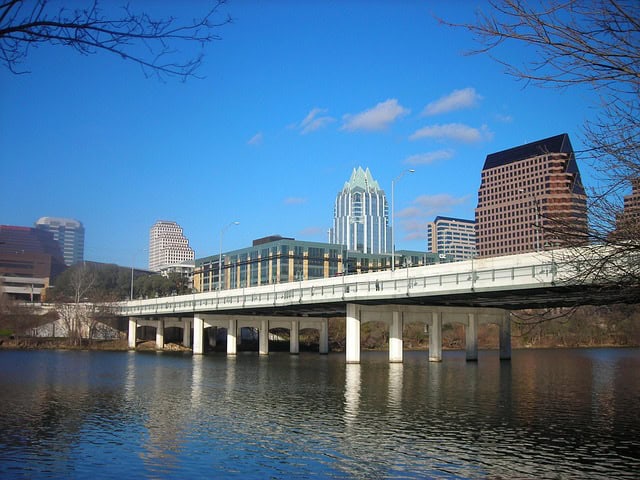Water Conservation in Central Texas — Groundwater, Surface Water, and Everything in Between
Why protecting our region’s water matters to everyone—from eco-warriors to lawn lovers to off-grid preppers.
We All Live Downstream
Whether you’re a rainwater-harvesting environmentalist in South Austin, a dad in Westlake meticulously calculating his sprinkler schedule, or a prepper in Lago Vista eyeing your 10,000-gallon cistern with newfound appreciation, you all depend on the same fragile water systems. The hippie with the rain garden and the rancher checking his stock tank are reading from the same hydrological playbook—they just don’t know it yet.
In Central Texas, groundwater and surface water aren’t separate entities. They’re two sides of the same coin, intimately connected in ways that affect every household, every business, and every living thing that calls this region home. Understanding this connection isn’t just eco-nerd trivia—it’s key to ensuring long-term water security for everyone.
Central Texas Hydrology 101 — Where Our Water Really Comes From
Let’s start with the basics. Central Texas gets its water from two main sources, and they’re more intertwined than most people realize.
Surface water is the obvious stuff: the Colorado River snaking through Austin, the spring-fed Pedernales, the crystalline San Marcos River. It includes our Highland Lakes (Travis, Buchanan, Austin, and others), which are carefully managed reservoirs overseen by the Lower Colorado River Authority. These are the waters we see, swim in, and boat across.
Groundwater is the hidden half of the equation. Beneath our feet lies a network of aquifers: massive underground formations of porous limestone that store and transport water. The Edwards Aquifer is the most famous, feeding Barton Springs and supplying water to millions. The Trinity Aquifer sprawls across the Hill Country, feeding countless wells and springs. These underground reservoirs supply rural wells, municipal systems, and much of the base flow that keeps our rivers flowing during dry spells.
Here’s where it gets interesting: these two systems aren’t separate. Springs and creeks are the visible expressions of groundwater breaking the surface. When aquifer levels drop, springs slow to a trickle or stop entirely, and that impacts rivers, wildlife, and communities downstream. Think of it this way: imagine the aquifer as a savings account, and right now, we’re withdrawing faster than we’re depositing. Eventually, the balance gets dangerously low.
Why Central Texas Is Especially Vulnerable
Our region faces a perfect storm of water challenges that makes conservation especially urgent.
First, there’s the population boom. Central Texas is one of the fastest-growing regions in the country, and every new resident needs water for drinking, bathing, landscaping, and all the other ways we use water without thinking about it. More people means more demand on every water source, surface and subsurface.
Second, our geology works against us. The Hill Country’s famous karst topology (all that porous limestone riddled with caves and sinkholes) allows rain to drain quickly into underground passages. That’s great for recharge when it rains hard, but it provides limited storage capacity. Water moves through fast and doesn’t stick around.
Third, our climate is becoming less predictable. Extended dry seasons and increasingly erratic rainfall patterns make aquifer recharge unreliable. We might get five inches in an afternoon, but if that’s followed by five months of drought, we’re still behind.
Finally, development patterns make everything worse. Every new subdivision, parking lot, and rooftop creates impervious surfaces that block infiltration and send rainwater rushing into storm drains instead of soaking into the ground. The water that should be recharging our aquifers is instead racing toward the Gulf of Mexico.
Local examples are everywhere: Lake Travis dropping to historic lows, beloved swimming holes drying up, and new subdivisions drilling deeper wells to tap aquifers that older wells have been drawing from for generations. These aren’t isolated incidents. They’re symptoms of a water system under strain.
How Our Actions on the Surface Affect Water Below
Here’s something most people don’t consider: everything that happens on the surface eventually affects groundwater.
That perfectly manicured lawn you’re watering three times a week? The excess seeps down through the soil, carrying fertilizers, pesticides, and whatever else you’ve spread across your yard. Your septic system? It’s treating wastewater and releasing it into the ground—and if systems aren’t maintained properly, contaminants can reach the aquifer.
When we clear native vegetation for development or agriculture, we increase runoff and erosion while reducing infiltration. Bare soil or turf grass can’t slow and absorb water the way native plants with deep root systems can. Those roots create channels for water to penetrate deep into the soil, and the plants themselves slow surface flow, giving water time to soak in rather than rush away.
Native plants and healthy soils are like a sponge: they slow water down, filter it, and allow it to recharge aquifers. Compacted soil and non-native grass are like plastic wrap. Water just runs off. So what looks like a simple landscaping choice is really a watershed decision. Your yard, multiplied by thousands of other yards, determines whether rain becomes runoff or recharge.

What Water-Conscious Stewardship Looks Like
The good news is that water conservation doesn’t require sacrifice. It requires smarter choices. And it looks different depending on your situation.
For homeowners, whether you’re in the city or the country:
Choose native and drought-tolerant plants that evolved to survive Texas summers without constant irrigation. Texas sage, cedar elm, native grasses, and wildflowers don’t just survive—they thrive with minimal water once established.
Water deeply but infrequently to encourage deep root growth, and water in the early morning to minimize evaporation. Mulch generously around plants to retain soil moisture and regulate temperature. A three-inch layer of mulch can cut water needs dramatically.
Fix leaks promptly—that dripping outdoor faucet wastes more water than you think. Consider upgrading to drip irrigation, which delivers water directly to roots with minimal waste. And if you’re feeling ambitious, install a rainwater collection system. Even a couple of rain barrels can offset your irrigation needs and reduce stormwater runoff.
For landowners and ranchers, the principles scale up:
Maintain native grass cover to improve infiltration and prevent erosion. Those deep prairie roots are your best tool for capturing and storing rainwater.
Avoid clear-cutting on slopes, which accelerates erosion and runoff. If you must clear land, do it strategically and replant quickly.
Protect riparian buffers—the vegetated zones along creeks and streams. These natural filters stabilize streambanks, trap sediment, and provide critical habitat while allowing water to soak into adjacent soils.
For communities, collective action multiplies individual efforts:
Support local watershed groups, aquifer conservation districts, and river authorities. These organizations work at the regional scale to protect water resources for everyone.
Encourage green infrastructure in new developments—bioswales that filter runoff, rain gardens that capture and infiltrate stormwater, and permeable paving that allows water to seep through instead of racing away. These aren’t just environmental amenities—they’re functional water management tools.
Why Maas Verde Cares (and How We Help)
At Maas Verde, our work is rooted in a simple truth: healthy land creates healthy water systems. Our ecological restoration projects aren’t just about making landscapes pretty—they’re about improving water function at every scale.
When we reestablish native vegetation, we’re not just planting for aesthetics. We’re rebuilding the soil structure that allows rainwater to infiltrate instead of running off. Native plants with deep root systems create pathways for water to reach aquifers.
When we restore riparian zones along streams and creeks, we’re stabilizing stream banks to prevent erosion, filtering agricultural and urban runoff before it reaches waterways, and creating the conditions for groundwater recharge.
When we implement erosion control measures, we’re keeping topsoil—and the rainwater it absorbs—where it belongs. Every pound of soil that stays on the land is soil that can continue to filter and store water.
We don’t just restore land. We restore the water systems that sustain life here in Central Texas. Because in the Hill Country, you can’t separate land health from water health. They’re the same thing.

Small Shifts, Big Impact
You don’t have to overhaul your entire property or become a water policy expert to make a difference. Start small and build from there.
Take a walk around your property after the next rain. Notice where water pools, where it runs off quickly, and where it seems to soak in. Those observations will tell you where you can make improvements.
Replace even a small section of thirsty turf with native plants. You’ll use less water, spend less time mowing, and create habitat for pollinators and wildlife. It’s a win on every level.
Support local conservation groups and water districts doing the hard work of regional water management. Attend a meeting, volunteer for a stream cleanup, or simply stay informed about local water issues.
And remember: in the Hill Country, every drop we save above ground helps preserve what’s below. The water that soaks into your yard becomes the spring that feeds the creek, which becomes the river that fills the reservoir, which becomes the water that comes out of your tap.
Protecting water isn’t about politics or achieving perfection. It’s about preserving the one resource we all share—the resource that makes life possible in this beautiful, challenging, increasingly thirsty landscape we call home.
Because in Central Texas, we really do all live downstream.



